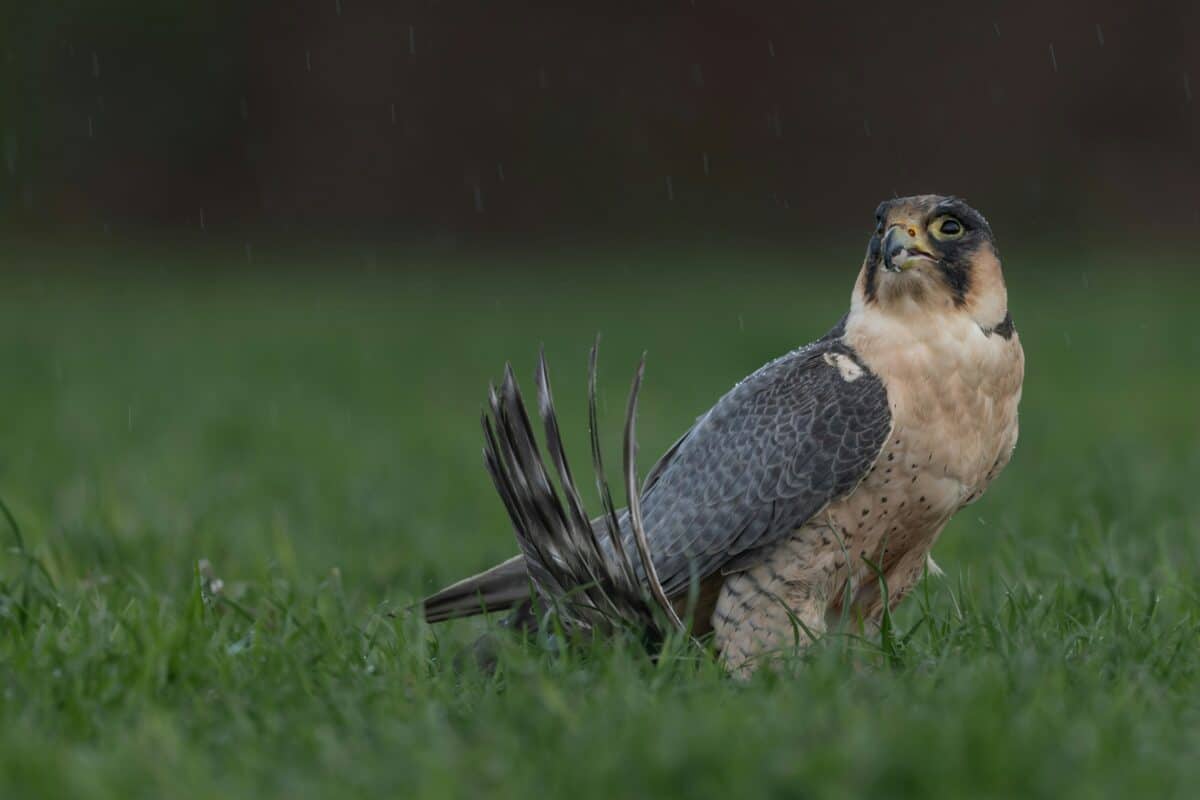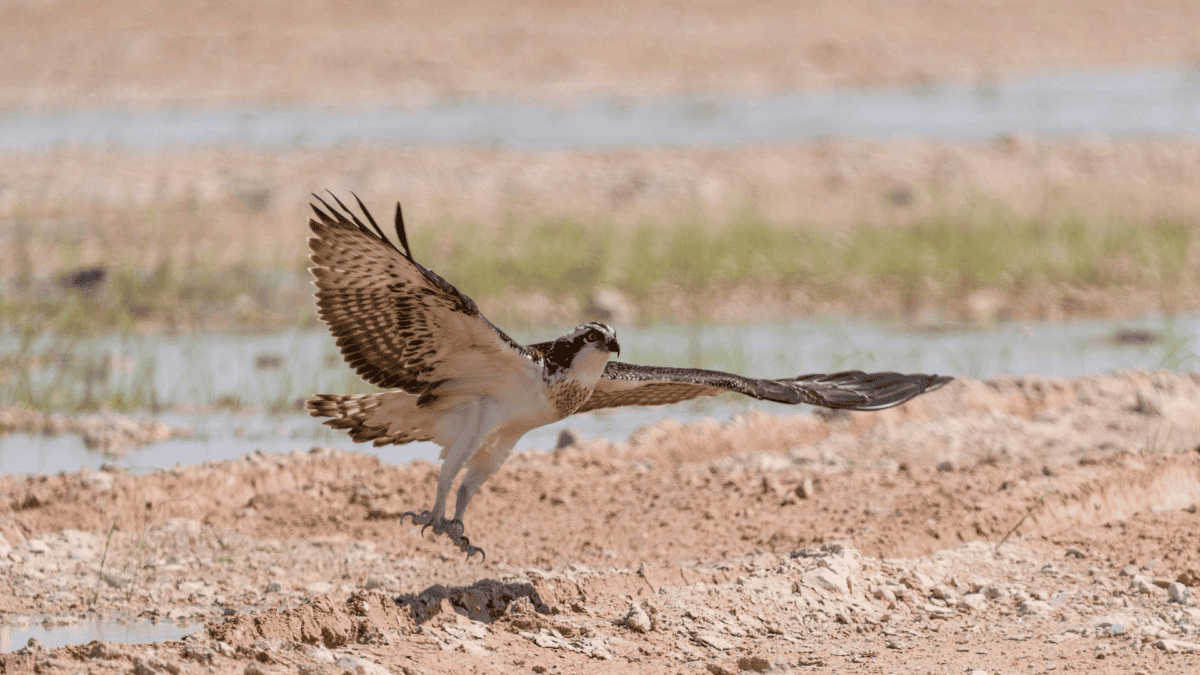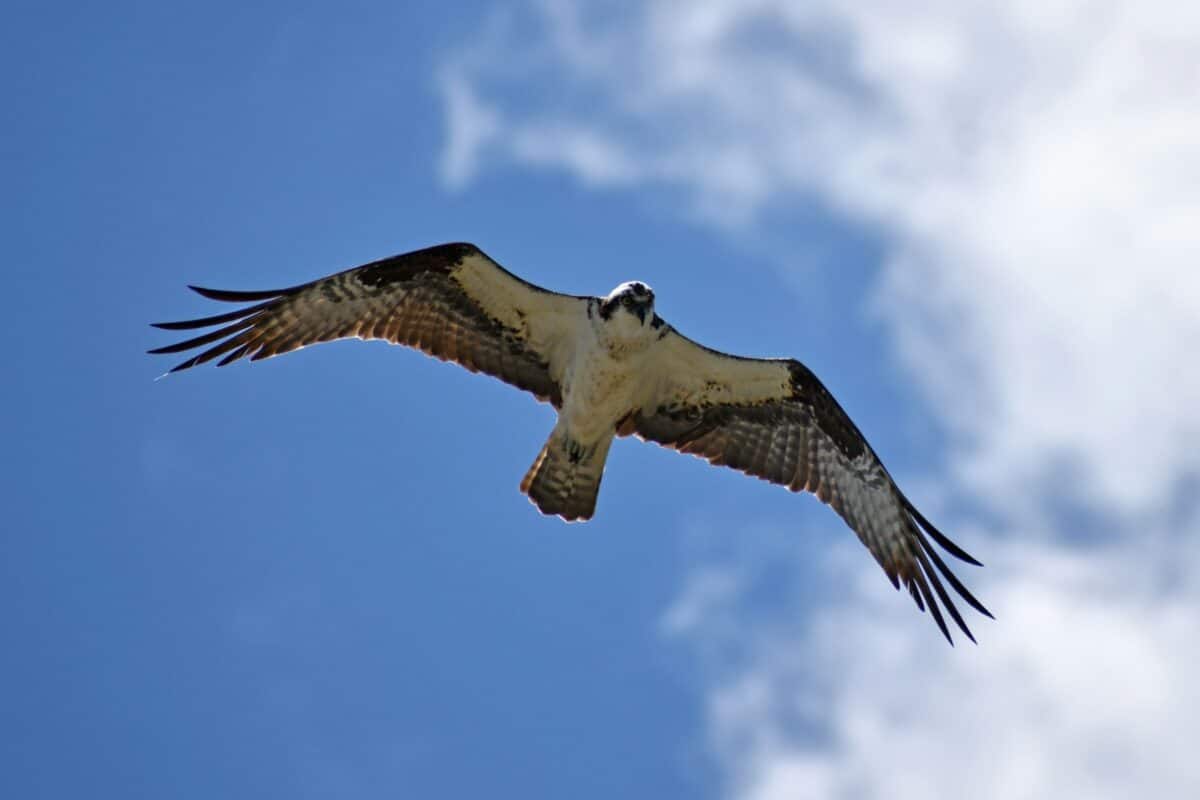In a groundbreaking moment for ornithology and animal science, researchers have successfully tracked a peregrine falcon reaching the astonishing speed of 240 miles per hour (386 km/h) during a hunting dive, solidifying these remarkable birds as the fastest animals on the planet. This exceptional speed, recorded using advanced tracking technology, surpasses previous documented velocities and provides new insights into the extraordinary aerodynamic capabilities of these raptors. The peregrine falcon’s dive, known as a stoop, has long fascinated scientists, but until recent technological advancements, precisely measuring these speeds in wild specimens presented significant challenges. This new speed record not only redefines our understanding of animal locomotion but also raises compelling questions about the physiological and anatomical adaptations that make such velocities possible.
The Peregrine Falcon: Nature’s Speed Demon

Peregrine falcons (Falco peregrinus) have evolved as nature’s perfect aerial predators. With a global distribution spanning every continent except Antarctica, these birds have adapted to diverse environments from Arctic tundra to tropical forests and urban skyscrapers. What makes peregrines exceptional is their hunting technique—they climb to heights of up to 3,000 feet before folding their wings and plummeting toward their prey, typically medium-sized birds, in a controlled dive that can exceed 200 mph. Their previous confirmed speed record stood at approximately 220 mph (354 km/h), making this new 240 mph measurement a significant leap forward. These birds weigh between 1.5 and 3.3 pounds (0.7-1.5 kg) with a wingspan of roughly 3.3 to 3.9 feet (1-1.2 meters), demonstrating how relatively small creatures can achieve extraordinary feats of speed through evolutionary specialization.
Cutting-Edge Tracking Technology

The breakthrough in recording the 240 mph dive came through a sophisticated integration of technologies specifically designed to overcome the challenges of monitoring high-speed aerial movement. Researchers employed ultra-lightweight GPS transmitters with accelerometers capable of taking measurements 200 times per second, combined with high-speed cameras operating at over 1,000 frames per second. These devices, weighing less than 20 grams, were carefully attached to wild peregrines using non-restrictive harnesses that ensured the birds’ natural flight capabilities remained unhindered.
The data collection system incorporated barometric pressure sensors to precisely track altitude changes and sophisticated wind-speed compensation algorithms to account for environmental variables. Additionally, miniaturized radar technology provided complementary measurements, creating multiple data streams that could be cross-referenced to verify the exceptional speed. The resulting three-dimensional flight path analysis offered unprecedented insights into not just the maximum speed but the entire trajectory and biomechanics of the stoop.
The Research Team and Study Location

The international research team behind this discovery comprised ornithologists, aerospace engineers, and computational biologists from institutions across North America and Europe. The study took place in the western United States, specifically in the cliff-rich environments of Nevada and California, areas known for their robust peregrine populations and favorable observation conditions. The team spent three years refining their tracking methodology before capturing the record-breaking dive during the spring hunting season.
Their research built upon decades of peregrine falcon studies, particularly important given the species’ remarkable recovery from near-extinction due to DDT poisoning in the mid-20th century. The project received funding from a combination of wildlife conservation organizations, aerospace research institutions, and technology companies interested in biomimicry applications. The collaborative nature of the research allowed for diverse perspectives in analyzing the complex data sets generated during the tracking process.
Aerodynamic Adaptations for Extreme Speed

Peregrine falcons possess remarkable physical adaptations that enable their extraordinary speeds while maintaining control and protecting vital organs. Their teardrop-shaped body minimizes drag, while their wings—specially designed to fold tightly against the body during a dive—create an aerodynamic profile similar to high-performance aircraft. The nostrils contain specialized baffles that diffuse the potentially damaging impact of high-velocity air, allowing the bird to breathe normally even at extreme speeds.
Perhaps most remarkable are the falcon’s eyes, which feature transparent nictitating membranes that protect them while maintaining visibility, and a specialized fovea (a concentrated area of visual receptors) that helps maintain focus on prey during high-speed pursuit. Additionally, peregrine falcons have unusually rigid feathers that prevent deformation at high speeds and incredibly strong skeletal structures that withstand the g-forces experienced during rapid acceleration and deceleration. The recent 240 mph tracking data has allowed researchers to create detailed computational models of how these adaptations work together to achieve such extraordinary performance.
Physiological Challenges of Hypersonic Flight

Flying at 240 mph presents extraordinary physiological challenges that would be fatal to most birds but which peregrines have evolved to overcome. At such velocities, the falcon experiences forces exceeding 25 G’s during the pull-out phase of the dive, far beyond what would cause a human to lose consciousness. The bird’s cardiovascular system includes specialized valves and reinforced blood vessels that prevent blood from pooling away from the brain during these extreme maneuvers. Their respiratory system maintains efficient oxygen exchange despite the tremendous pressure differences and air resistance.
Researchers have identified unique hemoglobin structures in peregrine blood that enhance oxygen binding and release under these stressful conditions. Perhaps most remarkably, the falcon’s brain is protected by specialized cushioning and an advanced blood-brain barrier that prevents damage from the rapid pressure changes and g-forces. The bird’s neuromuscular response time has been measured at approximately three times faster than human reaction speeds, allowing for instantaneous adjustments during high-speed dives. The new tracking data revealed that peregrines can alter their wing position by millimeter increments within milliseconds to maintain their trajectory.
Hunting Precision at Supersonic Speeds

What makes the peregrine falcon’s 240 mph dive even more impressive is the precision with which they hunt at these velocities. The falcon must calculate complex intercept trajectories, accounting for the movement of their prey, wind conditions, and their own momentum. At top speed, the falcon processes visual information and makes flight adjustments with astonishing accuracy—striking targets as small as a dove in mid-air. High-speed video analysis from the study revealed that peregrines don’t simply collide with their prey but instead strike with their specialized talons in a calculated maneuver, often aiming for the neck or spine for a quick kill.
This requires computing power comparable to advanced missile guidance systems, yet accomplished by a brain weighing only about 15 grams. The newly documented 240 mph dive included full tracking of both the falcon and its prey, demonstrating how the predator adjusted its trajectory seven times in the final second before impact to compensate for the prey’s evasive maneuvers. Most remarkably, these calculations occur naturally, without the need for the technological augmentation that human aircraft require to achieve similar precision.
Comparing Falcon Speed to Other Fast Animals

The peregrine falcon’s newly confirmed speed of 240 mph puts it in a class of its own in the animal kingdom. For perspective, the second-fastest bird, the golden eagle, reaches speeds of approximately 150-200 mph in its hunting dives, while the swift—the fastest bird in level flight—manages around 70 mph. Among land animals, the cheetah tops out at approximately 70 mph in short bursts, while the pronghorn antelope can maintain speeds of about 55 mph over longer distances.
In the water, the sailfish can reach bursts of 68 mph, making it the fastest aquatic animal. The falcon’s speed even compares favorably to many human technologies—it outpaces most production motorcycles and matches the speed of Formula 1 race cars. In fact, at 240 mph, the peregrine falcon is traveling faster than a free-falling human skydiver, who typically reaches terminal velocity around 120 mph in belly-to-earth position. The falcon accomplishes this without protective equipment, computerized guidance systems, or external power sources—relying solely on evolutionary adaptations refined over millions of years.
The Scientific Significance of the Finding

Beyond setting a new speed record, the 240 mph tracking data represents a significant scientific breakthrough with implications across multiple disciplines. For evolutionary biologists, it provides evidence of the extreme specialization possible through natural selection, demonstrating how predator-prey relationships can drive the development of extraordinary capabilities. For biomechanics researchers, the detailed flight data offers insights into efficiency and control at high speeds that could inform aircraft design and other engineering applications.
Conservation biologists gain valuable information about peregrine behavior and habitat requirements, essential for protecting these remarkable birds. Perhaps most importantly, the research demonstrates the upper limits of biological performance, providing a benchmark for understanding what’s physically possible without technological intervention. The findings have been published in prestigious scientific journals including Nature and Science, with the complete data sets made available to researchers worldwide, ensuring the discovery will contribute to scientific understanding across disciplines for years to come.
Engineering Inspiration from Falcon Flight

The aerodynamic achievements of peregrines flying at 240 mph have long inspired human engineering, but the new detailed tracking data is already driving innovation in multiple fields. Aerospace engineers are studying the precise wing shape and body positioning during different phases of the dive to inform designs for more efficient aircraft, especially those requiring maneuverability at varying speeds. Automotive designers are incorporating falcon-inspired elements into vehicle aerodynamics, particularly for high-performance sports cars.
The falcon’s ability to maintain stability during rapid acceleration has influenced the development of advanced drones capable of quick direction changes while maintaining orientation. Even the falcon’s specialized respiratory system, which manages efficient oxygen intake at extreme speeds, has provided insights for breathing apparatus designs for high-altitude pilots and climbers. Perhaps most fascinating is how the bird’s neural processing—making split-second adjustments based on visual input—is influencing machine learning algorithms for autonomous vehicles. The unprecedented precision of the new tracking data allows engineers to create more accurate biomimetic models that can be integrated into various technologies.
Conservation Implications

The discovery of peregrines achieving 240 mph highlights the importance of continued conservation efforts for these remarkable birds. After nearly being driven to extinction in North America due to DDT poisoning in the mid-20th century, peregrine falcons have made a remarkable recovery thanks to intensive conservation efforts, including captive breeding programs and the banning of DDT. Today, they have been removed from the endangered species list in many regions, representing one of conservation’s greatest success stories. However, the detailed tracking data has revealed previously unknown aspects of peregrine behavior, including precise hunting territories and migration patterns that require protection.
Urban-dwelling peregrines, which have adapted to nesting on skyscrapers and bridges, face unique challenges from glass collisions and poisoning from consuming prey contaminated with rodenticides or lead. The research team has emphasized that maintaining healthy peregrine populations requires preserving both their nesting sites and the habitats that support their prey species. The publicity surrounding the speed record has increased public awareness and support for raptor conservation initiatives worldwide.
Future Research Directions

The groundbreaking documentation of a peregrine falcon reaching 240 mph has opened numerous avenues for future research. Scientists are now developing even more sophisticated tracking systems that could measure additional physiological parameters during high-speed dives, including heart rate, muscle activation patterns, and real-time body temperature. Comparative studies are being planned to track juvenile peregrines learning to hunt, potentially revealing how these complex skills develop.
Researchers are particularly interested in studying falcons across different environments to determine whether habitat, prey type, or climate influences maximum diving speeds. Genetic studies are underway to identify the specific genes responsible for the peregrine’s unique adaptations, which could have applications in medical research related to g-force tolerance and rapid pressure changes. Advanced brain imaging techniques are being adapted to study peregrine neurological activity during simulated hunting scenarios, potentially revealing how their remarkable calculation abilities function. Perhaps most ambitiously, some researchers are investigating whether peregrines might be capable of even higher speeds under ideal conditions, potentially pushing the boundaries of biological performance even further.
Conclusion: Pushing the Boundaries of Biological Performance

The successful tracking of a peregrine falcon reaching an astonishing 240 mph represents far more than just a numerical record—it showcases the extraordinary capabilities that can evolve through millions of years of natural selection. This scientific milestone demonstrates how modern technology can help us better understand and appreciate the remarkable adaptations that allow creatures to thrive in their ecological niches.
As we continue to study these magnificent birds, we gain not only insights that can inspire technological innovation but also a deeper appreciation for the importance of protecting biodiversity. The peregrine falcon’s journey from the brink of extinction to reclaiming its position as the planet’s fastest animal reminds us of nature’s resilience and the value of conservation efforts to preserve such extraordinary species for future generations to study and admire.
- Meet the Critters That Love Southern Heat and Humidity - August 20, 2025
- This 19th-Century Sinkhole Swallowed a Theater in Minutes - August 20, 2025
- This Tiny Creature Can Survive Being Boiled, Frozen, and Even Space - August 20, 2025

